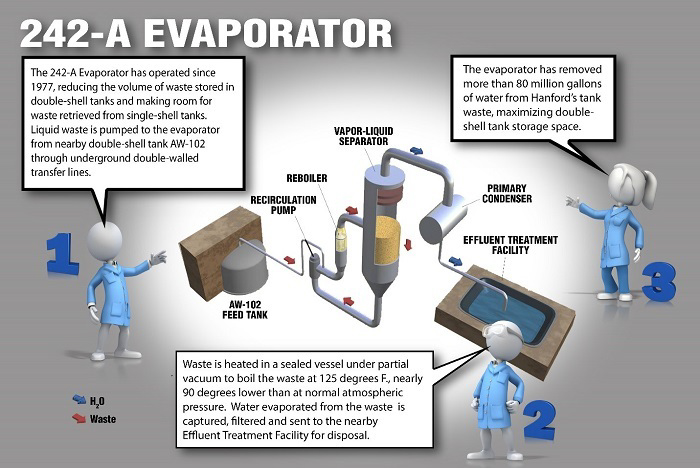ESC letter to DOE transition team
A PDF version of the letter from the ESC is available to download here.
Dear Dr. Arun Majumdar and DOE Transition Team Members:
The Energy Sciences Coalition (ESC) thanks you for your public service. As you prepare policy and funding recommendations for the incoming Biden Administration, ESC urges you to prioritize investments in the Department of Energy (DOE) Office of Science. The DOE Office of Science is critical to advancing the fundamental science and early-stage energy technologies necessary to achieve ambitious net-zero goals; developing Industries of the Future and emerging technologies; and maintaining the highly skilled science and technology workforce that is essential for the United States to compete globally.





 The Fusion Energy Science Advisory Committee (FESAC), which is responsible for advising the Department of Energy’s Office of Science, on December 4 published the first public draft of
The Fusion Energy Science Advisory Committee (FESAC), which is responsible for advising the Department of Energy’s Office of Science, on December 4 published the first public draft of 





